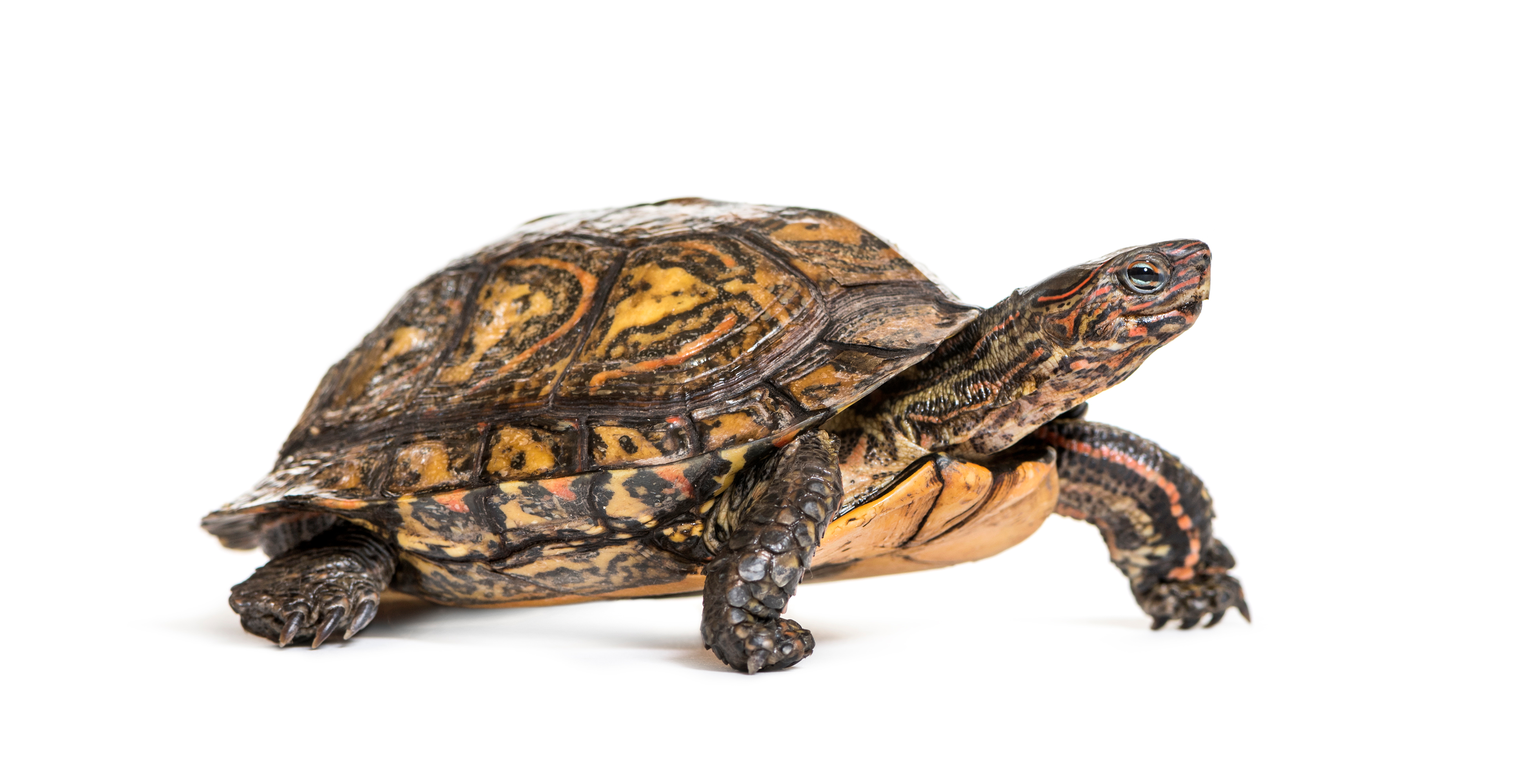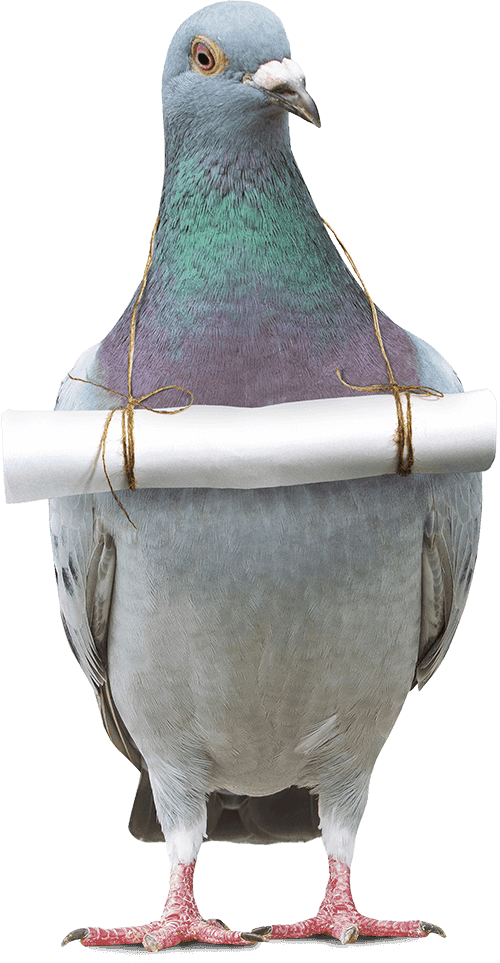Painted wood turtle
(Rhinoclemmys pulcherrima)

Description
The ornate or painted wood turtle (Rhinoclemmys pulcherrima) is one of nine turtle species of the genus Rhinoclemmys of the family Geoemydidae. There are four recognized subspecies. Painted wood turtles can grow to a maximum length of 20 cm. It has a dome-shaped carapace and the plastron has a continuous ventral line. It has red stripes on its body and it has webbed feet. It is found in Mexico (from Sonora southwards) and Central America, as far south as Costa Rica. Painted wood turtles live in rainforests, shallow rivers and bushes. Although they are mostly terrestrial, they can occasionally be found in shallow water. The painted wood turtle feeds on fruit, insects, and worms. Their diet should consist of 60% leafy greens, 30% protein, and 20% fruits and vegetables. Along with a varied diet, they require additional calcium to insure healthy shell growth. Unlike aquatic turtles, the painted wood turtle doesn't require water in order to swallow its food. Painted wood turtles are oviparous. Females lay 3-5 eggs at a time. Eggs at low temperatures can be dormant early stages, and can sleep for some time at low temperatures, when the temperature returns to normal incubation can proceed. Painted wood turtles can be kept as pets, and it has long been imported into the various parts of Asia, such as Japan, Taiwan and China. The nominate subspecies is the most common subspecies kept in captivity. They will eat commercial turtle food, and will also eat plant matter. Rhinoclemmys is a genus of turtles in the family Geoemydidae (formerly Bataguridae), the only genus in the subfamily Rhinoclemmydinae. Member species of the genus are commonly known as the Neotropical wood turtles and are the only geoemydids known from the Americas. As such, they have adapted to a wide range of habitats, which is reflected in the species' common names.
Taxonomic tree:







